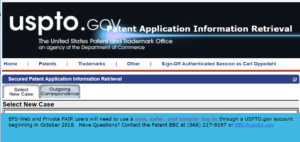
Starting from December 25, a trademark owner in Malawi can file a Madrid Protocol application to pursue protection in one or more Offices outside of Malawi. And starting from that date, a trademark owner outside of Malawi can file a Subsequent Designation to Malawi (or can file a new Madrid Protocol application designating Malawi).
It is recalled that the Patent Cooperation Treaty entered into force on January 24, 1978, initially with 18 contracting states. But perhaps not all readers appreciate that Malawi was one of those initial 18 contracting states for the PCT! Saying this differently, Malawi was more trendy, modern, and up-to-date about the PCT than most of the 152 present-day members of the PCT. Nobody joined PCT sooner than Malawi!
The two-letter code for Malawi is “MW”.







